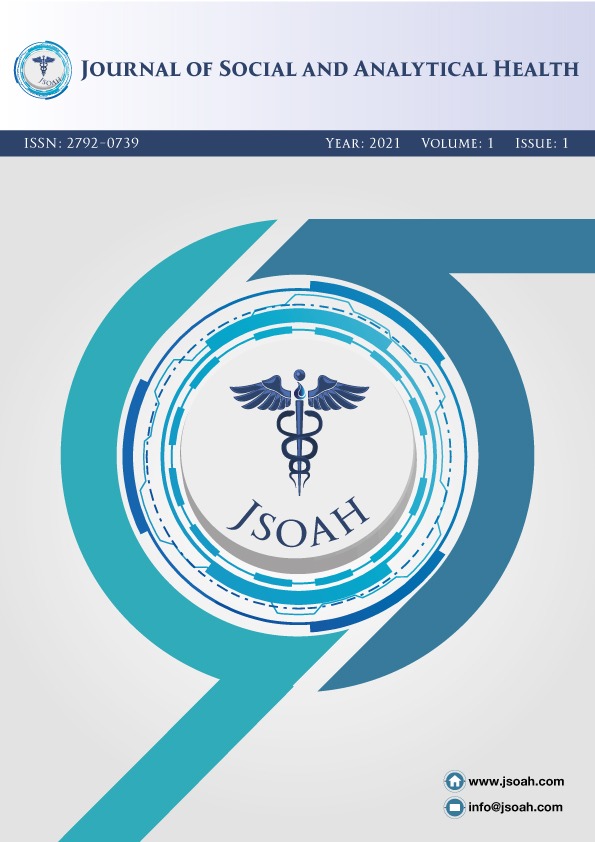Bacterial Biofilm: Prevention of Biofilm-Associated Infections
DOI:
https://doi.org/10.5281/zenodo.5819648Keywords:
Biofilms, Antibiotic resistance, quorum sensingAbstract
Bacterial biofilm formation, which causes serious problems in the field of health, is an important threat because it increases morbidity and mortality and therefore creates heavy economic pressure on the health sector. Biofilms are aggregations of microorganisms embedded in an extracellular matrix of their own production. Bacteria living in biofilms are more resistant to antibiotics, chemicals or disinfectants than bacteria in planktonic form. There are various mechanisms for this resistance of biofilms to antibiotics, such as the complex and heterogeneous matrix structure of the biofilm, the expression of efflux pumps, horizontal gene transfer and quorum sensing. It also provides protection against the host's immune system cells. In this review, the characteristics and antibiotic resistance mechanisms of bacterial biofilm-associated chronic infections were investigated. New therapeutic options are needed to prevent and control biofilm-associated infections. This review focuses on important new strategies for the prevention of biofilm-associated bacterial infections.


